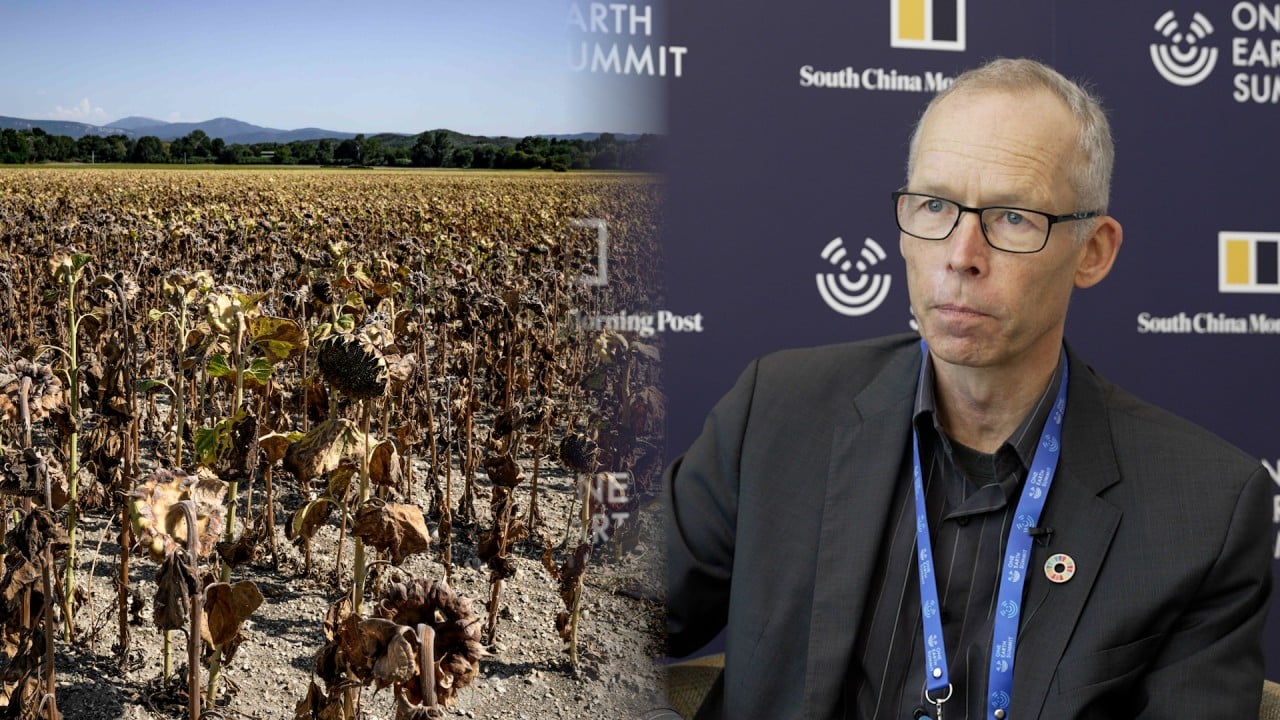The top US climate diplomat said on Tuesday that he would travel to China later this year to continue talks on reducing greenhouse gas emissions.
Envoys from both nations – the two leading greenhouse gas-emitting countries – have been focusing on potent pollutants that are not carbon dioxide, including industrial nitrous oxide, John Podesta, US President Joe Biden’s senior adviser for international climate policy, said.
“It is not often that we find ourselves with an affordable and relatively straightforward way to eliminate emissions equivalent to tens of billions of cars on the road,” Podesta said. “Cutting industrial nitrous oxide pollution is that opportunity.
“So I think we need to seize it together.”
Nitrous oxide (N2O), commonly known as laughing gas, is a greenhouse gas with 300 times the warming potential of carbon dioxide. Its industrial uses are varied, and emissions come from fossil fuel use to fertilisers to semiconductor manufacturing.
It stays in the atmosphere for more than a century and depletes the ozone layer. Scientists consider it the third most important greenhouse gas, after carbon dioxide and methane.
Its emissions from human activities have grown 30 per cent over the past four decades, exceeding some of the worst scenarios scientists had projected, a 2020 study found; the study cited growing emissions in the emerging economies of Brazil, China and India.
The United States and China account for about 80 per cent of global industrial nitrous oxide emissions – two-thirds of which comes from China, Podesta said.

Announcing new actions to slash “super pollutants”, the White House said on Tuesday that American companies had devised ways to cut overall industrial nitrous oxide emissions across the country by early 2025, halving US emissions from 2020 levels.
It cited Ascend Performance Materials, a Texas firm that is the largest US producer of adipic acid, a raw material of nylon which creates N2O as a by-product. The White House said the company had installed “an additional thermal reduction unit that has virtually eliminated N2O emissions” at a facility in Florida.
Podesta said that the administration encouraged more, similar private-sector domestic commitments while keeping up international engagements, and noted that the US Environmental Protection Agency determined that about 80 per cent of industrial N2O abatement is available for less than US$20 a tonne.
The cost-effectiveness “is why cutting nitrous oxide pollution and other super pollutants is a core component of US engagement with China on climate”, he said, adding that carbon markets might hold promise for cutting N2O emissions in both countries.
The two countries also agreed to host a second summit on methane and non-CO2 greenhouse gases at the UN Climate Change Conference in Azerbaijan in November.
Rick Duke, the State Department’s deputy special envoy for climate, said that both countries “call on the world to join” the summit they are preparing.
“It is still early days,” he said, but the goal was to “solve practical problems and cut emissions quickly” in both countries.
“When China stepped up to make that commitment that they will address non-CO2 in their 2035 target,” Duke said, “that was akin to putting a Russia-sized economy into the Paris Agreement in one go – [an] immensely consequential step.”


